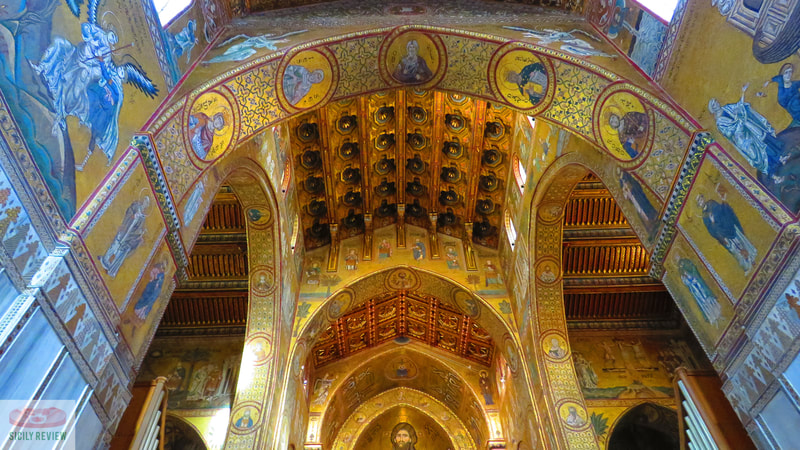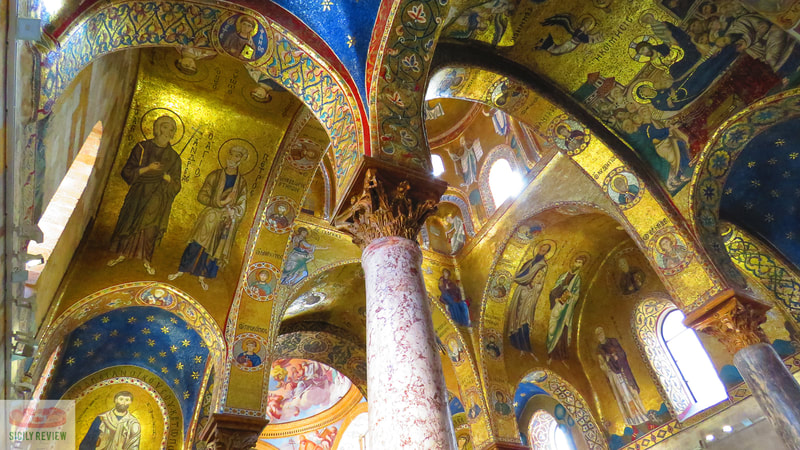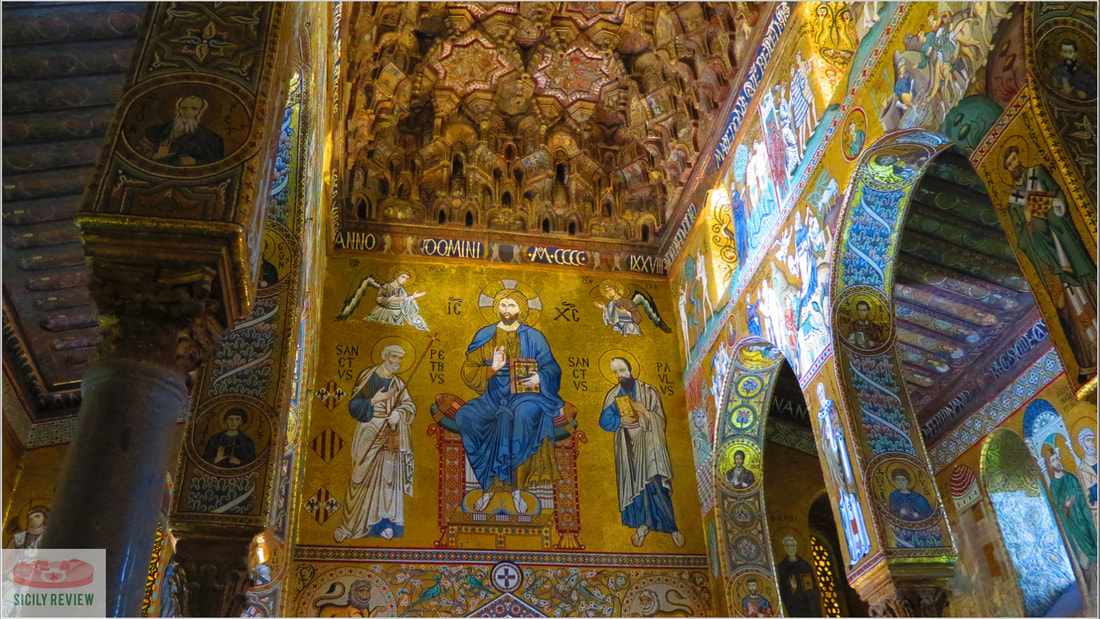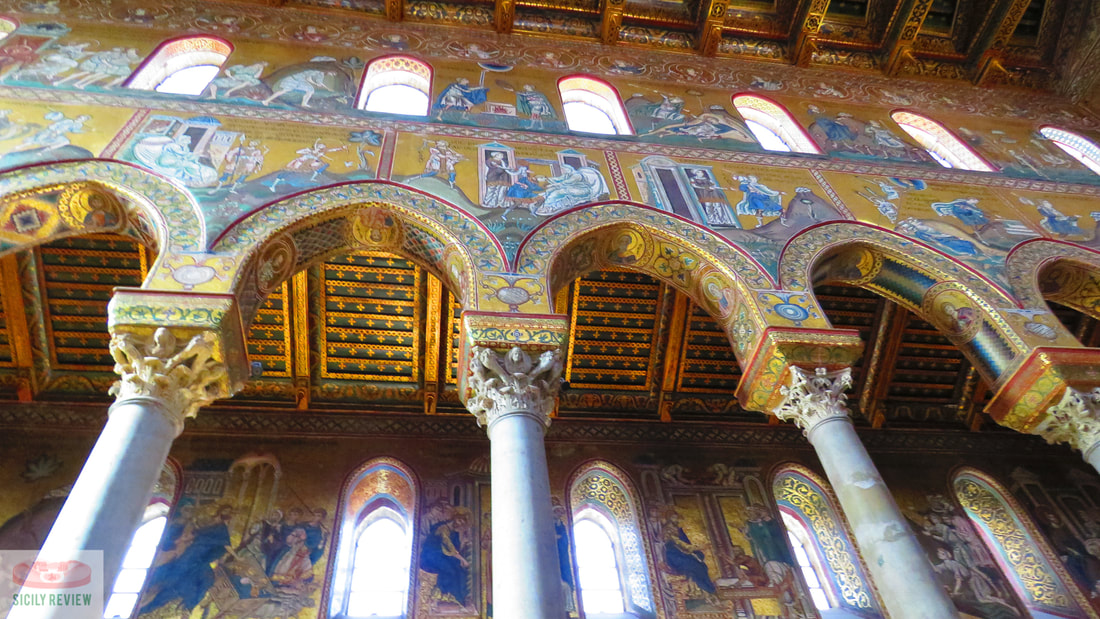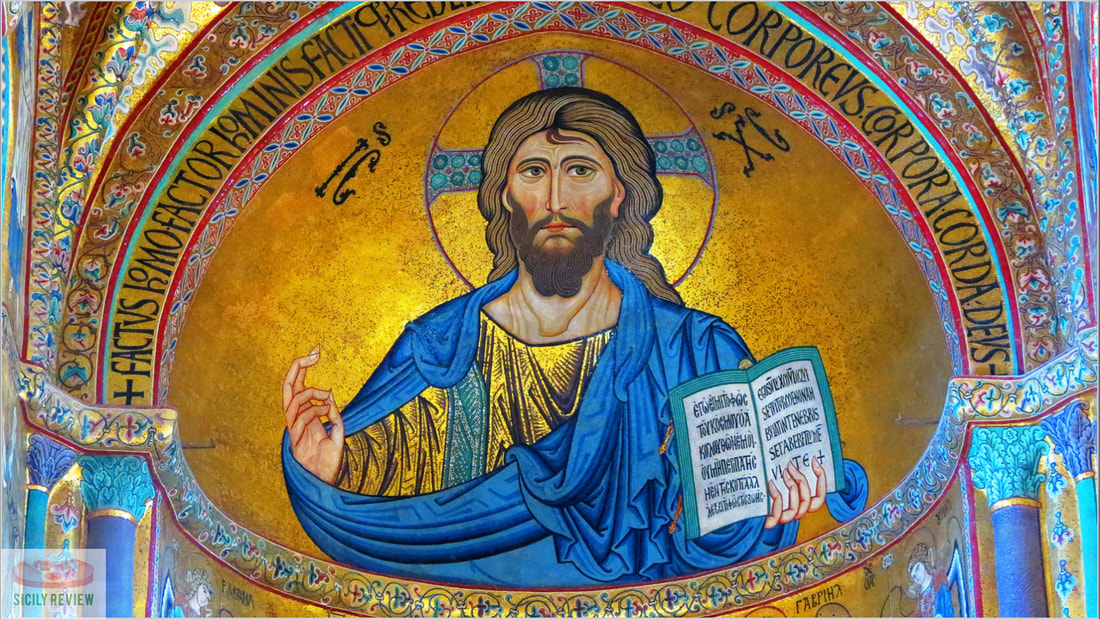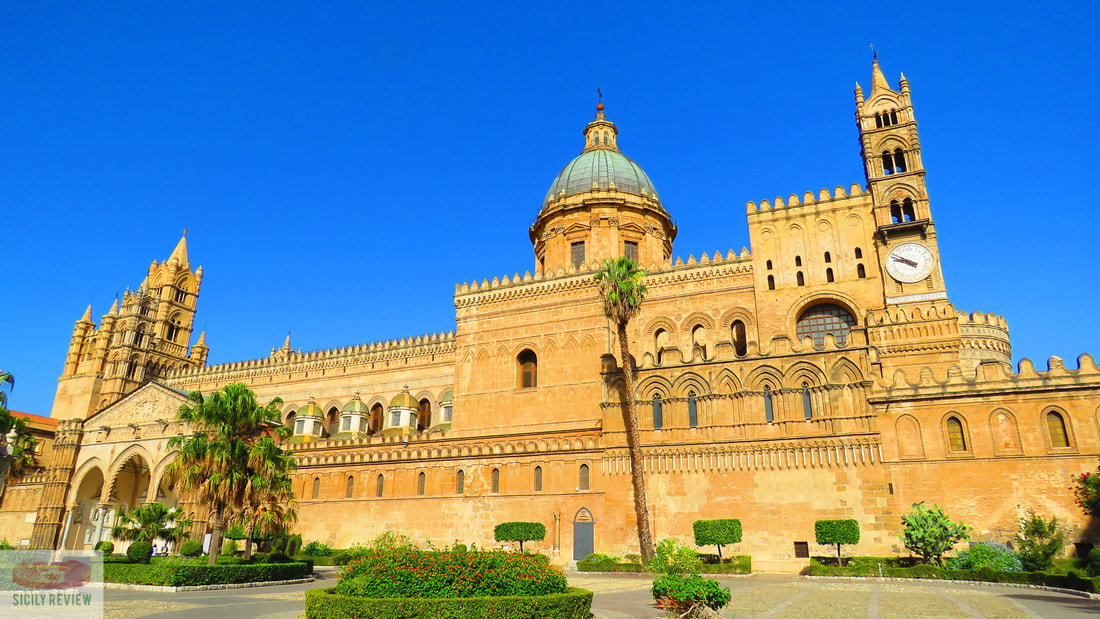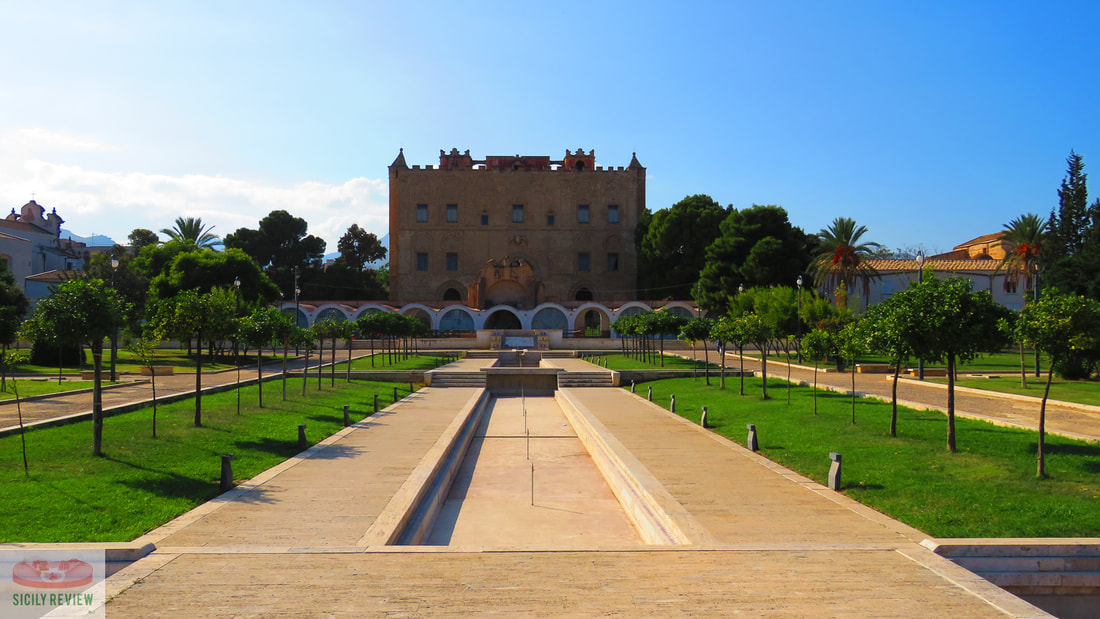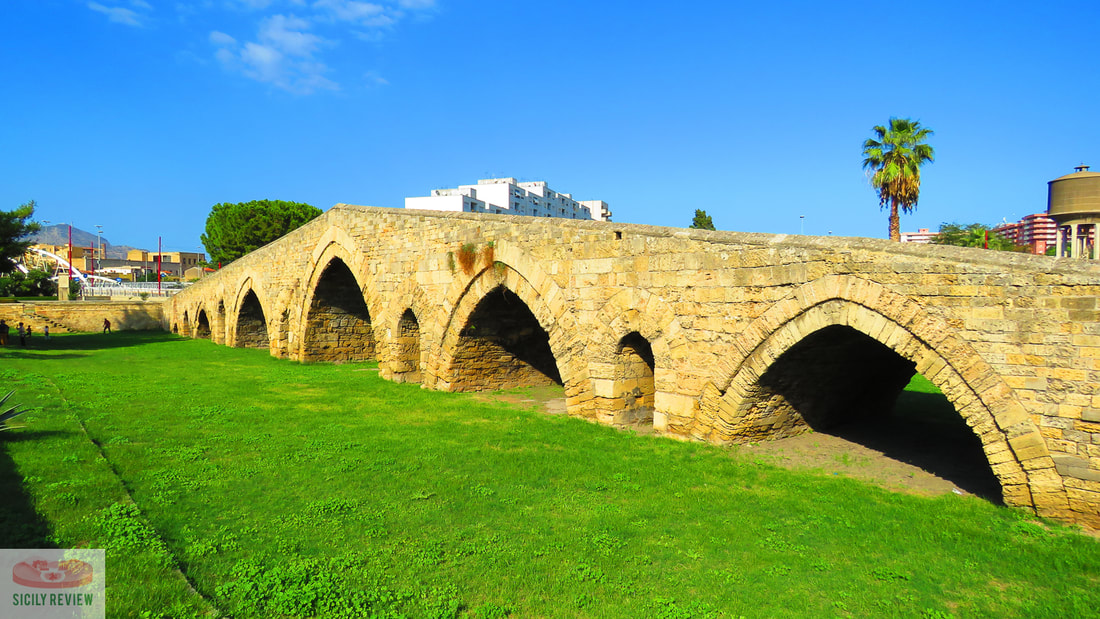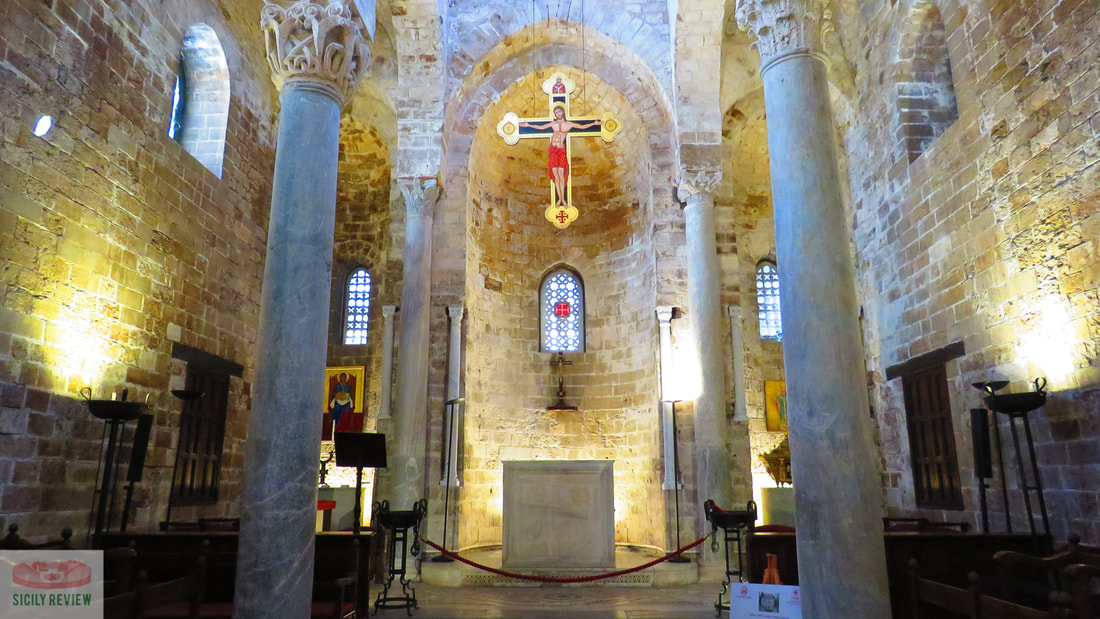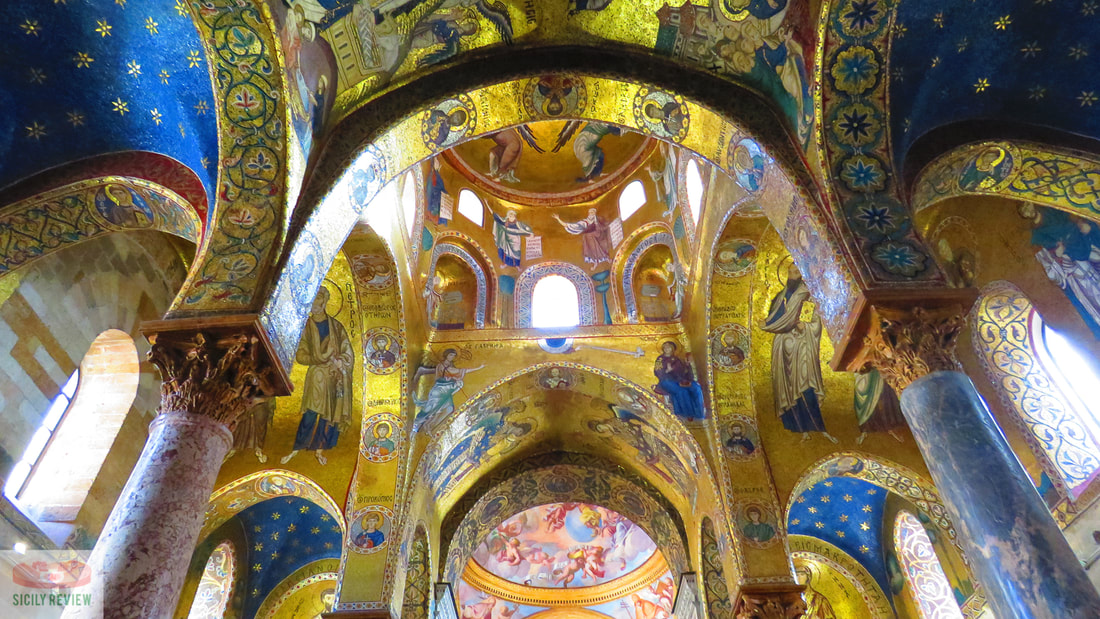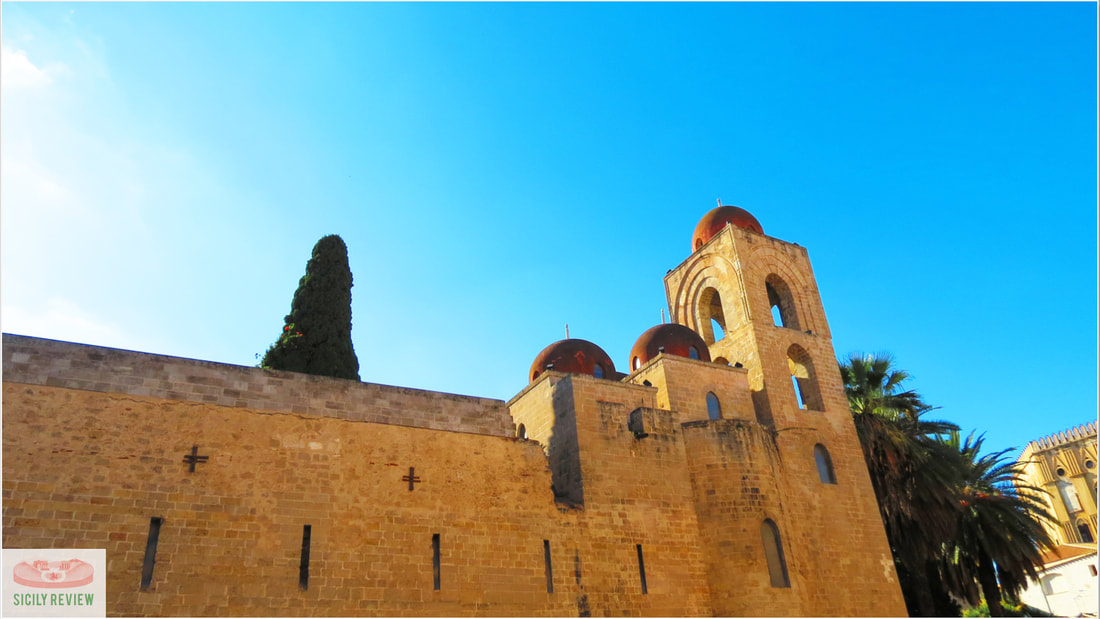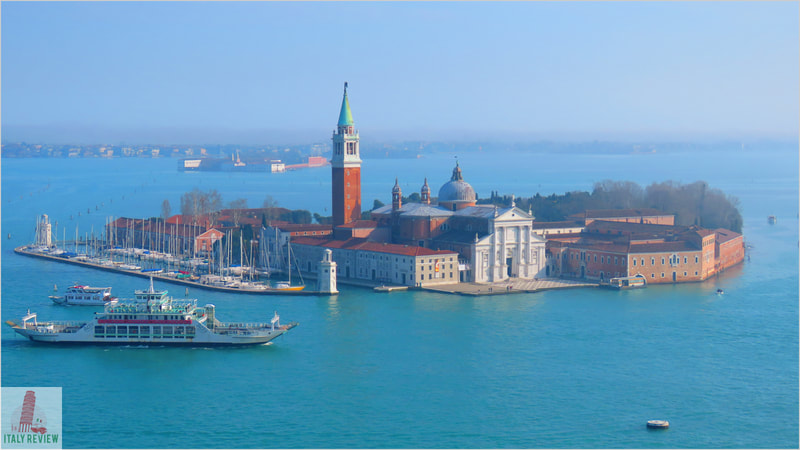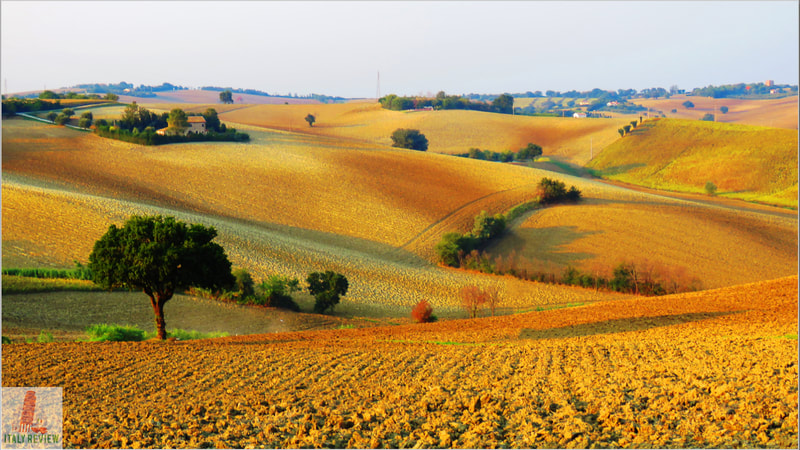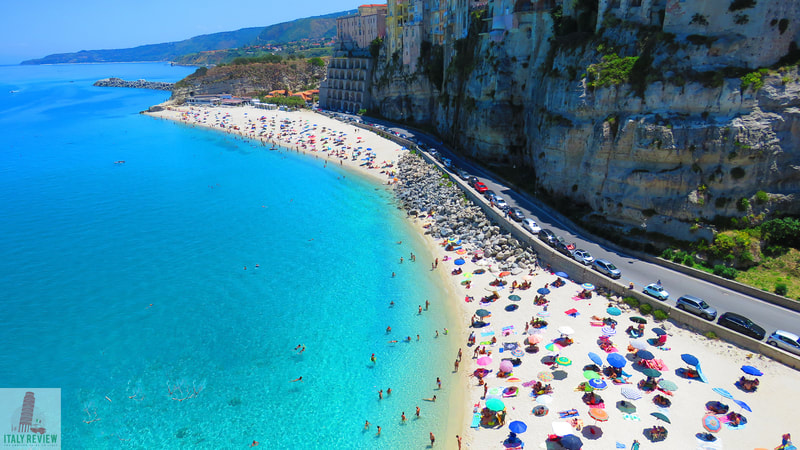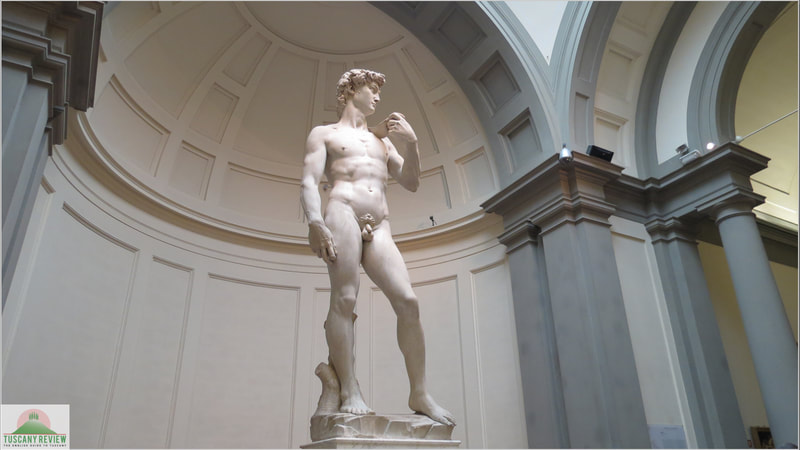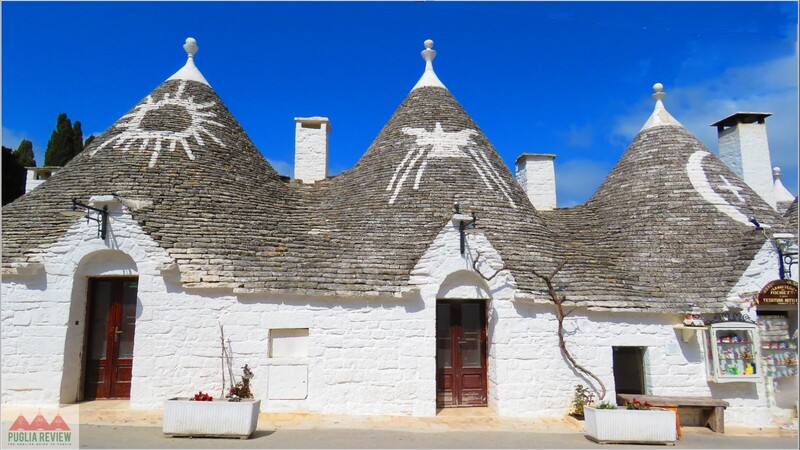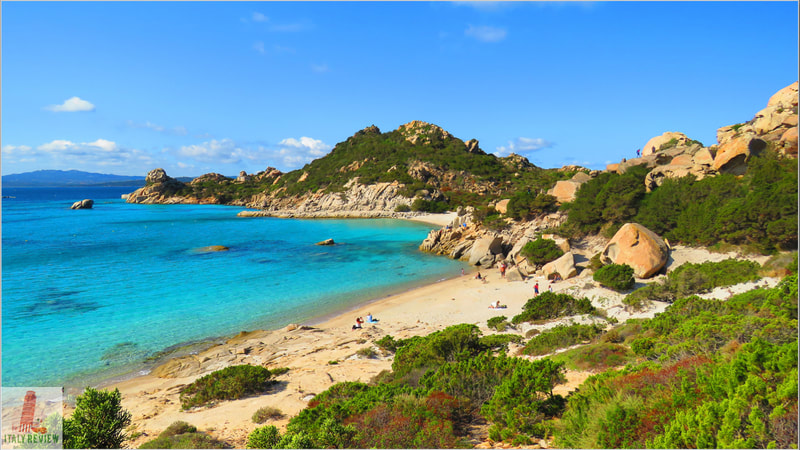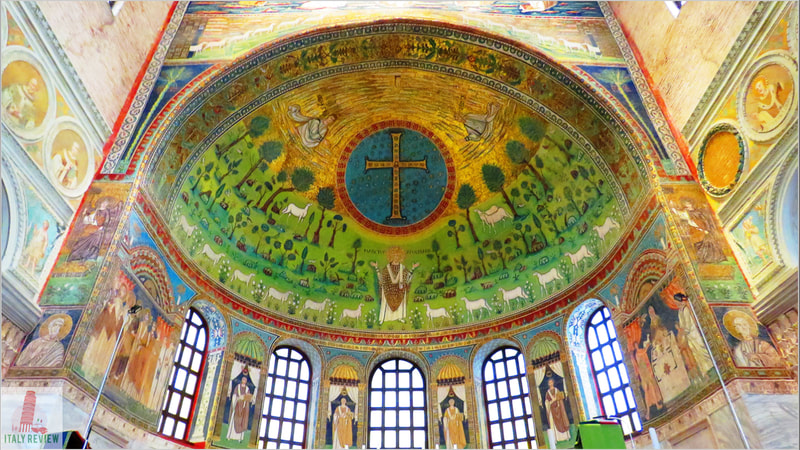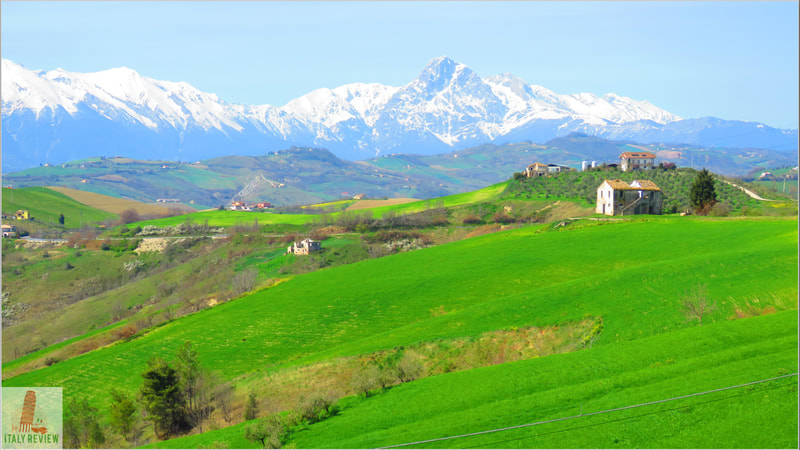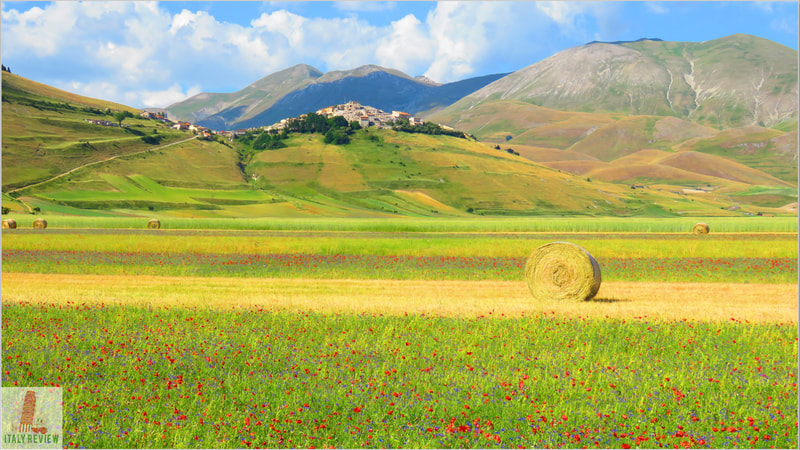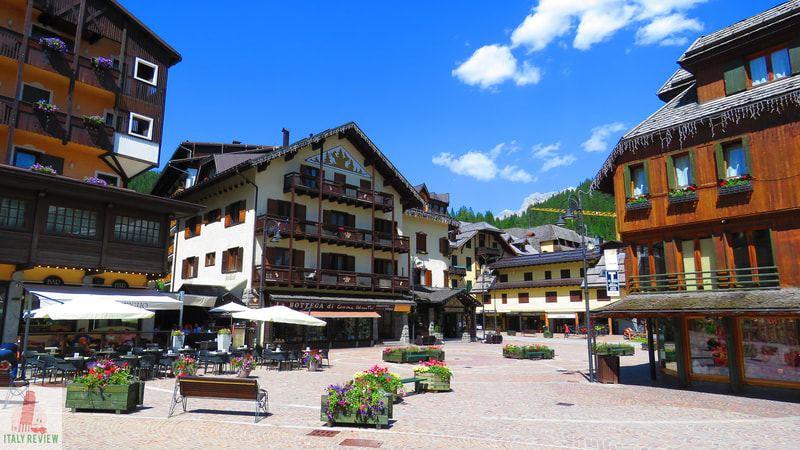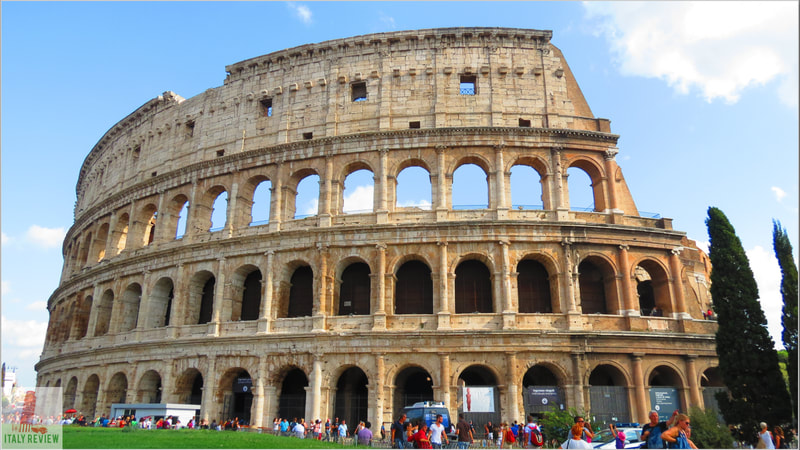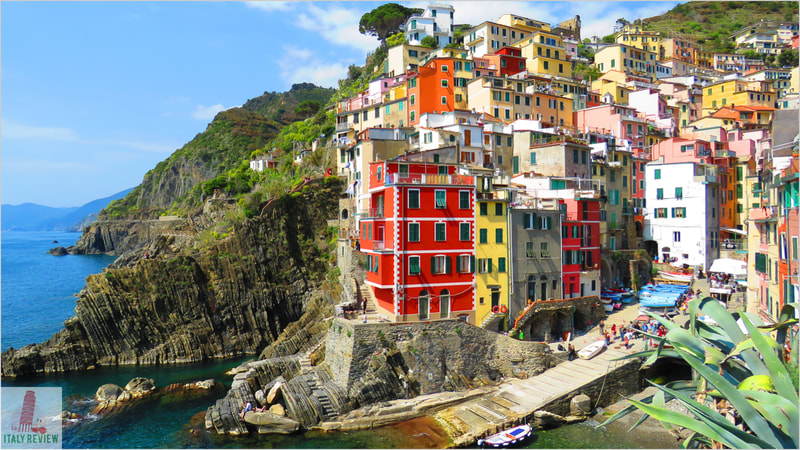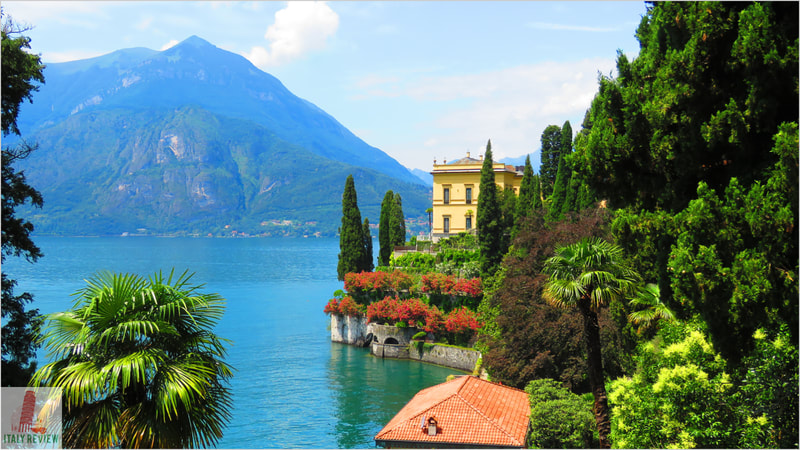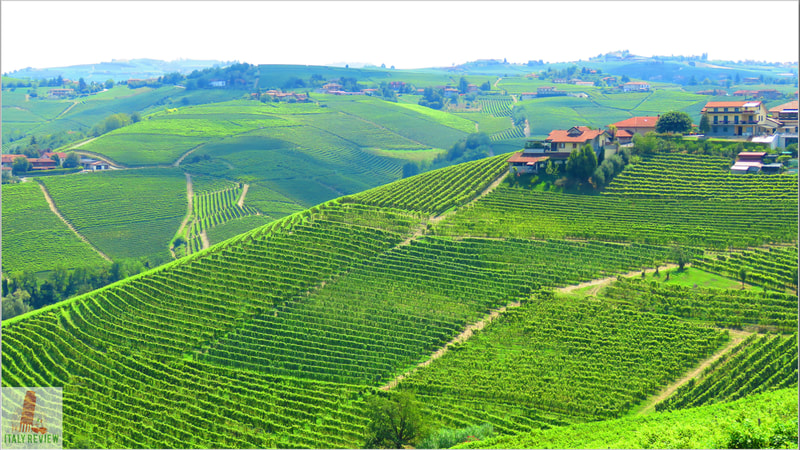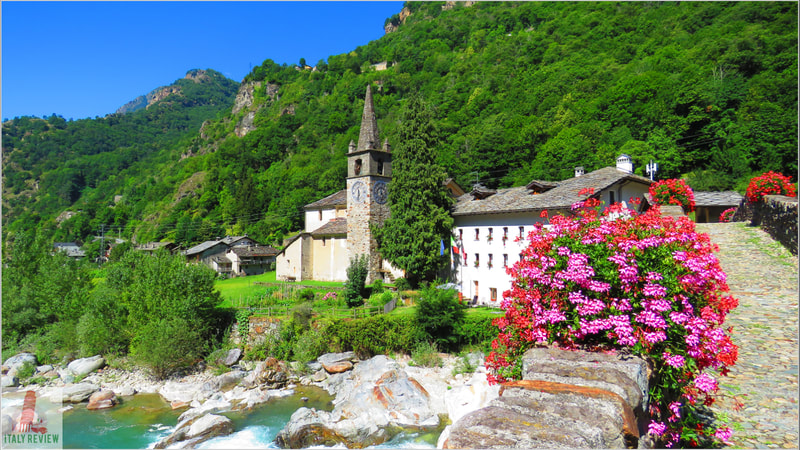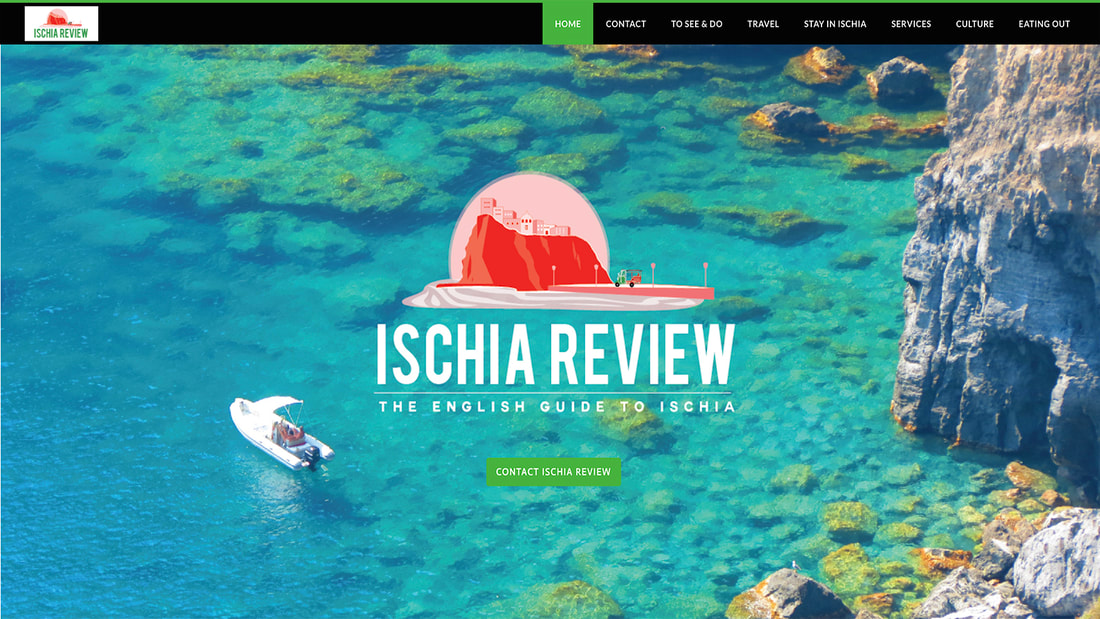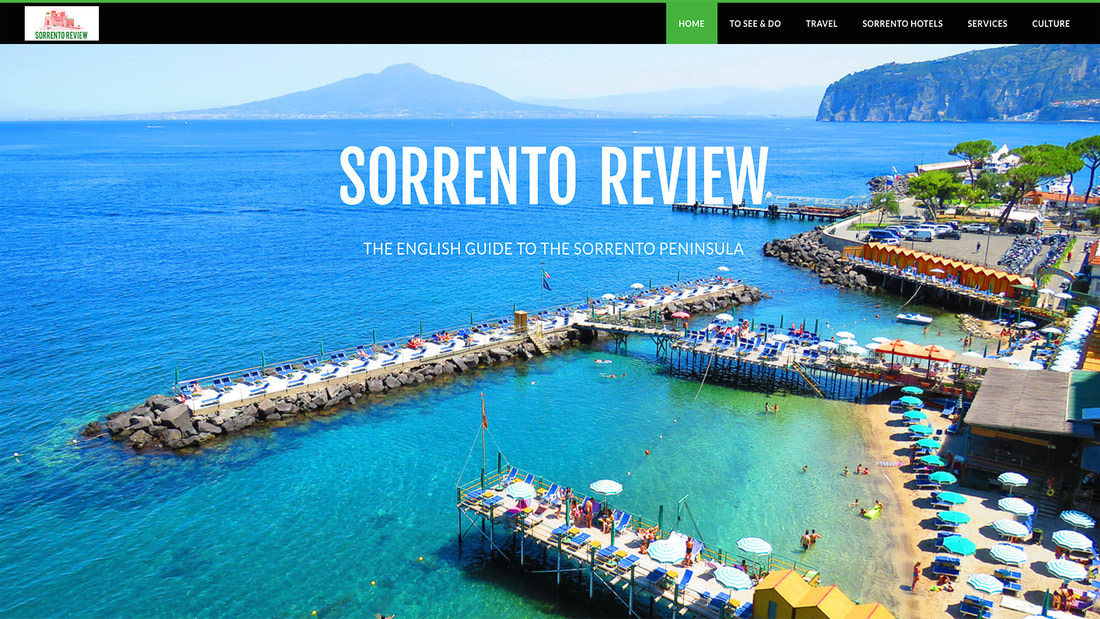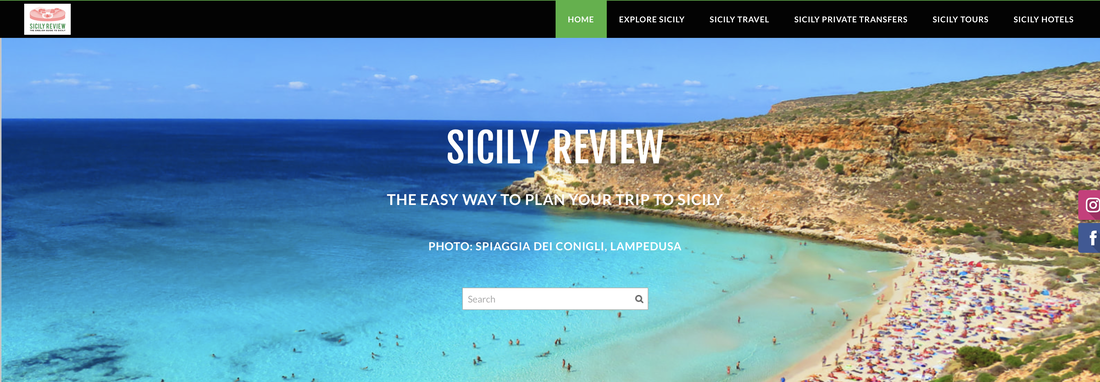Arab-Norman Palermo and the Cathedral Churches of Cefalu and Monreale
|
By Dion Protani
|
Latest update: 9 January 2024
|
|
The Arab-Norman Palermo and the Cathedral Churches of Cefalù and Monreale UNESCO World Heritage inscription was confirmed in 2015 and is composed of nine religious and historical structures in Sicily, in Palermo and the towns of Cefalù and Monreale.
The monuments are heralded by UNESCO as a "social-cultural syncretism between Western, Islamic and Byzantine cultures". |
Related links
Profile
The Arab-Norman Palermo and the Cathedral Churches of Cefalù and Monreale is a UNESCO World Heritage Site located in Sicily, Italy. It encompasses a unique collection of monuments and architectural masterpieces that bear witness to the cultural exchange between various civilizations during the medieval period.
History
During the 9th to 12th centuries, Sicily experienced a fascinating period of multicultural coexistence under the rule of Arab, Norman, and Byzantine powers. This intermingling of cultures resulted in a unique architectural and artistic heritage that is evident in the buildings of Palermo, Cefalù, and Monreale.
Key features
- Palermo: As the capital of the Arab emirate and later the Norman Kingdom of Sicily, Palermo became a center of cultural, artistic, and architectural development. The site includes various palaces, churches, and public buildings, showcasing a blend of Arab and Norman influences.
- Cathedral of Cefalù: The Cathedral of Cefalù, built in the Norman architectural style, is located in the coastal town of Cefalù. It was commissioned by King Roger II of Sicily and reflects the harmonious blend of Norman, Byzantine, and Arab influences.
- Cathedral of Monreale: The Cathedral of Monreale, situated near Palermo, is an architectural marvel commissioned by William II of Sicily. It combines Norman, Arab, and Byzantine styles, particularly notable for its extensive mosaic decorations.
- Islamic and Arab Influences: The architecture showcases elements such as muqarnas, pointed arches, and geometric patterns, typical of Islamic and Arab design.
- Norman and Byzantine Elements: The buildings display Norman architectural features, including solid stone structures, as well as Byzantine influences like domes and mosaics.
- Mosaic Decorations: The cathedrals in Cefalù and Monreale boast intricate mosaics that depict religious themes and biblical scenes.
Visitor information
- Historical Significance: The site is a testament to the coexistence of different civilizations and the architectural brilliance of medieval Sicily.
- Cultural Exchange: Visitors can witness the fascinating fusion of Arab, Norman, and Byzantine cultures in the buildings and artwork.
- Architectural Marvels: The churches' stunning mosaics and architectural details make them exceptional examples of medieval art and craftsmanship.
- Educational Experience: Guided tours and information boards provide insights into the history and cultural significance of each location.
- Accessibility: The sites are accessible by public transportation and are located in Palermo and nearby towns.
- Local Cuisine: Travelers can savor Sicilian cuisine at nearby restaurants and trattorias, enhancing the overall cultural experience.
Arab-Norman Palermo and the Cathedral Churches of Cefalù and Monreale
|
Locations: Palermo, Monreale, Cefalù
Province: Metropolitan City of Palermo Region: Sicily Number of sites: 9 Fly to: Palermo Airport |
UNESCO World Heritage Site
Arab-Norman Palermo and the Cathedral Churches of Cefalù and Monreale
Year: 2015
Arab-Norman Palermo and the Cathedral Churches of Cefalù and Monreale
Year: 2015

